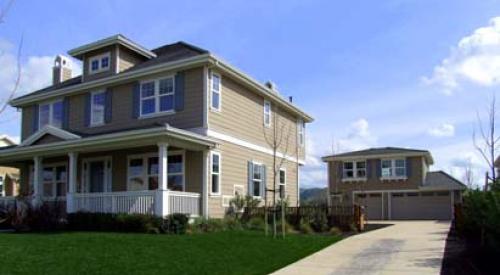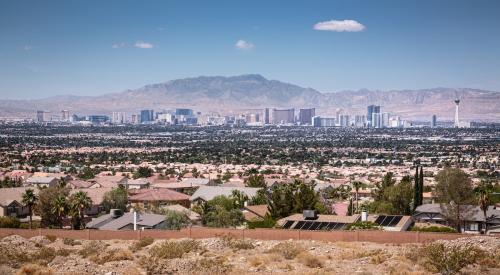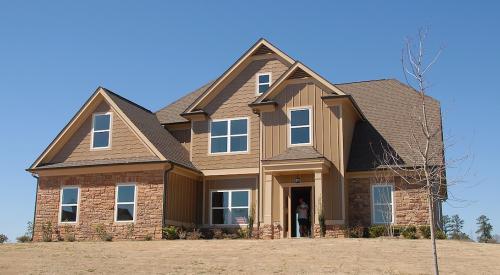Last year, property managers in urban areas used concessions to incentivize new tenants as Americans grew weary of high-density living due to the pandemic. Today, the pace of growth for rents in the majority of the country’s largest cities has surpassed pre-pandemic levels. The national median rent increased 5.5% year over year in May to $1,527 per month—the highest median rent in two years, according to Realtor.com. For comparison, March 2020’s rent growth pace was 3.2%. Out of the 50 largest U.S. metros tracked by Realtor.com, 38 hit a new high in media rents with an average increase of 9.1% year over year.
Riverside, California, led the pack with a 19.2% year-over-year rent increase to $2,020 per month in May. The area has become a relatively more affordable alternative to nearby Los Angeles, where the median rent was $2,581 per month, slightly down 0.5% from a year ago, according to the report.
Memphis(17.2%), Tampa, Florida (16.9%), Phoenix(16.8%) and Sacramento, California (15.5%) completed the top five metros with the steepest rent increases.
“Highlighting Covid’s uneven impact across the U.S., rents continued to decline in the nation’s largest metros like Los Angeles and Boston, where May prices were below prior peaks,” Danielle Hale, chief economist at Realtor.com, said in the report. She added that some big cities “are making big strides toward recovery, with rents on pace to see new highs later this year.”
In San Francisco, the median rent was down 8.3% year over year to $2,715 per month in May. San Jose’s median rent declined 7.3% from a year ago to a median $2,795 per month, while New York’s rent remained flat at $2,400 monthly.
“In these three markets, rents still need to grow an additional 9% to 12% to return to prior peak pricing,” the report said.













